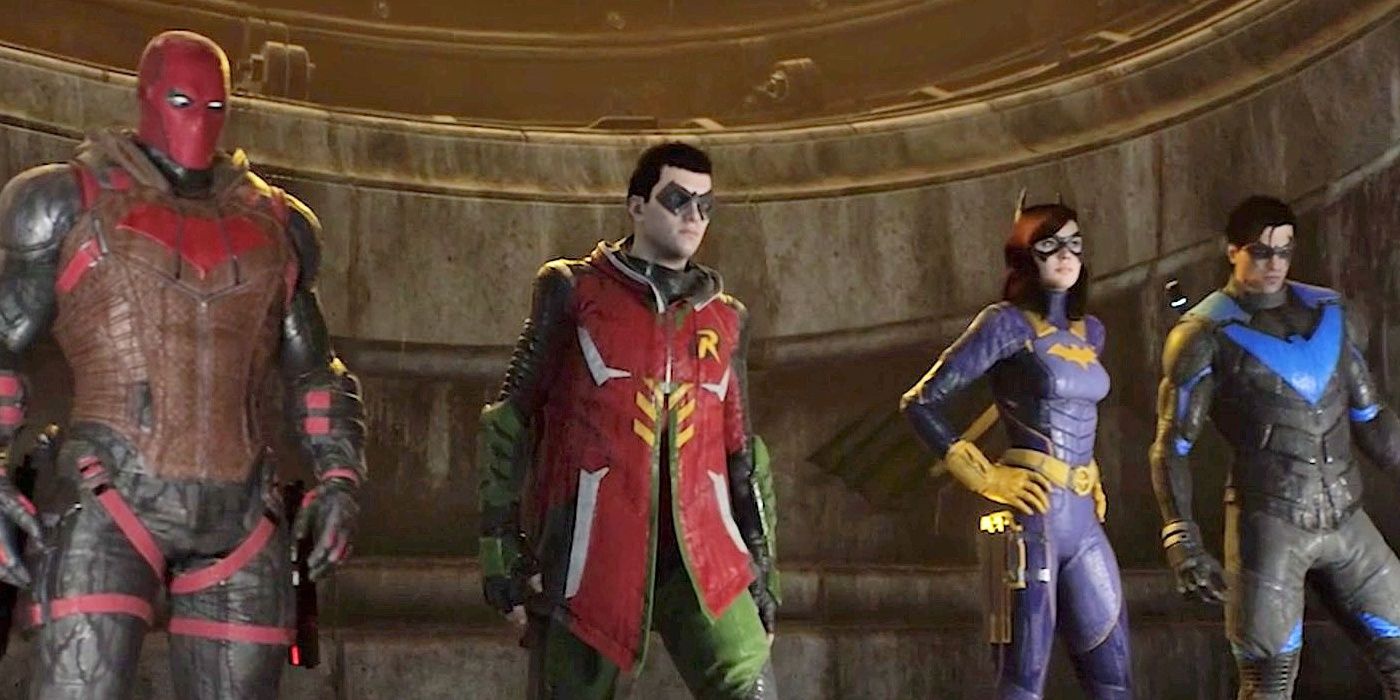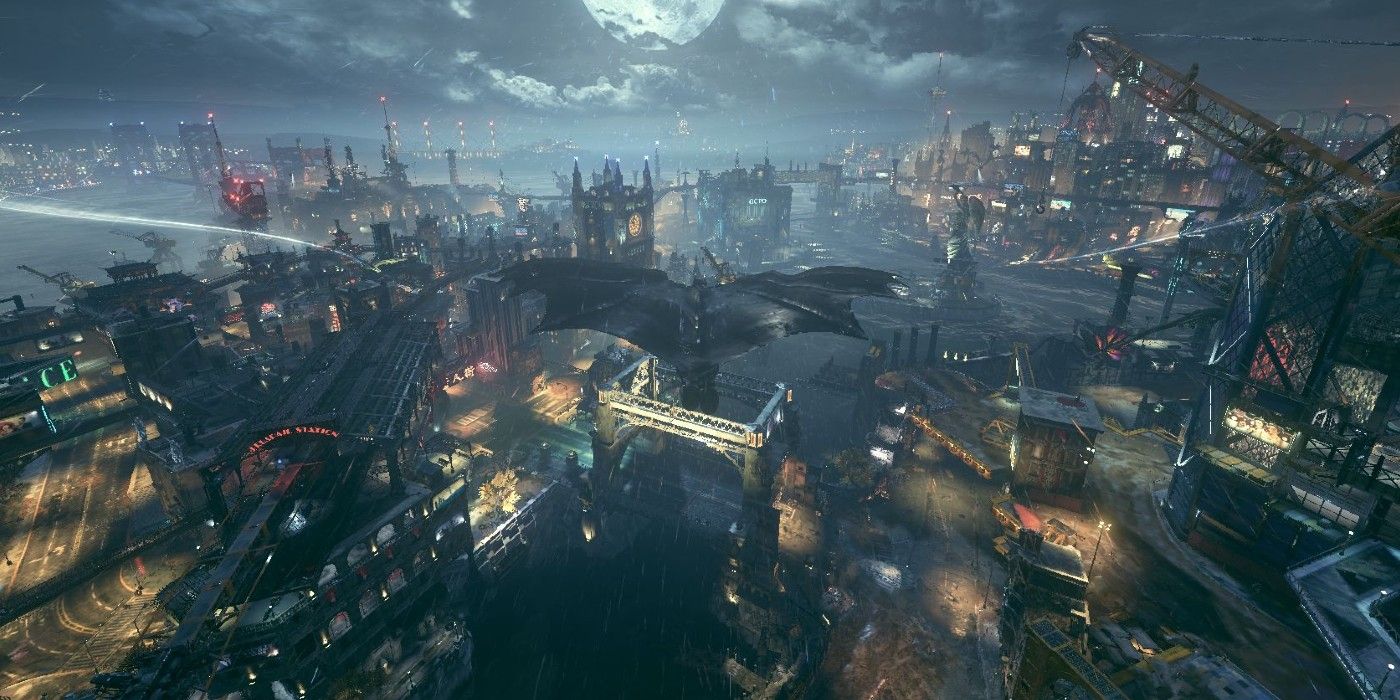Gotham Knights is shaping to be one of the most anticipated RPGs set in the DC universe; unfortunately, the game's foundation replays the formulaic faction system that's become a trope of many superhero games. Developed by WB Games Montreal, developer of Batman: Arkham Origins and set in Gotham City, Knights follows four members of the Bat-Family after the supposed death of Batman and Commissioner James Gordon. With the city unsafe and crime-running amok, players take control of Nightwing (Dick Grayson), Batgirl (Barbara Gordon), Red Hood (Jason Todd), and Robin (Tim Drake) as they take the streets back.
Touted as a dynamic and interactive open-world RPG experience, Gotham Knights will allow for seamless co-op gameplay between the Bat-Family with the characters themselves unique within their playstyle and arsenal of gadgets. Among the challenges the Family will face is the high-level Court of Owls, a secret order with its hands in all aspects of Gotham with their assassins, aka Talon's imposing their will. Beneath the Court are the street-level organized crime elements with villains from Mr. Freeze to the Penguin. Under the villains are entry-level thugs and the foundation of Gotham's criminal underworld, and then there are the Knights working their way up. Despite the rich lore and the opportunity to subvert tired tropes, the game not only repeats them but leans heavily on them.
While reducing Gotham City to its five district boroughs and five factions makes it easier to navigate and less intimidating, especially for players new to Gotham Knights premise, it's at the expense of creating something different and fresh with the narrative. Open-world single-player superhero games like Spider-Man (2018) or the Batman Arkham games make a less intimidating experience without being too heavy-handed with their respective settings contributing to the overall narrative. Be it through clear-cut enemies, clearer-cut objectives, or general production value through sound design; the games breathe life to an otherwise typical open-world location.
Gotham Knights Should Abandon Batman Arkham's City Division
Furthermore, narrative-wise, cutting up the city into sections is too clean for a place where its primary protector, Batman, is supposedly dead with crime running amok. Moreover, the main objective for the Gotham Knights and the battle for Gotham, in general, is reduced to a mere formulaic list of goals that expectingly weaves through the five main villains leading to the Court of Owls. Being the first iteration of the game, it should be open for experimentation and risks; however, its narrative and gameplay structure can be deduced from a mile away and lessens the experience of the game in favor of a safer and more familiar foundation.
Traditionally, open-world games are intimidating to navigate, let alone direct a narrative, especially if the game plops the player amidst a global conflict or a sprawling cityscape. Knights should both take advantage of Gotham's setting, visited in Batman: Arkham Knight, while pushing for more new perspectives on the 'take back the city from some factions' trope. With Gotham Knights pushed back until 2022, only time can decide whether it's a new experience worthy of the Batman mantle or more of the same in a different cowl.


